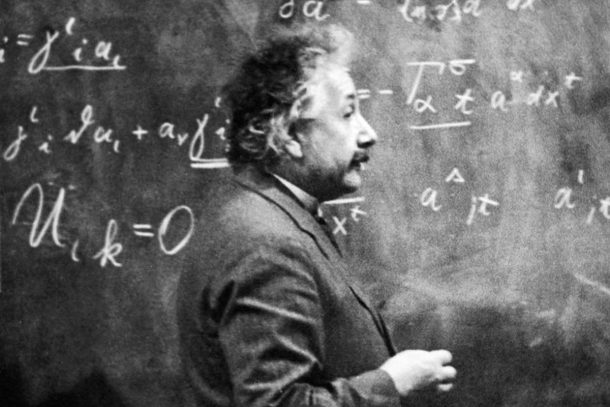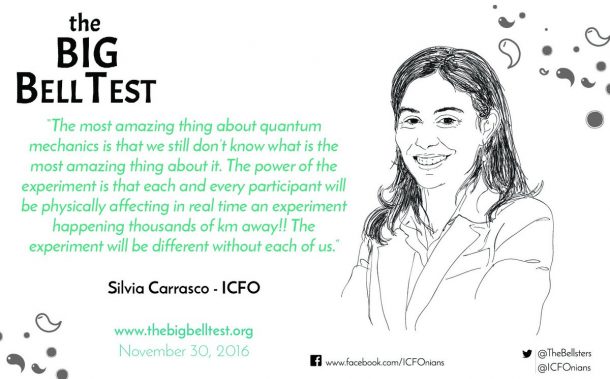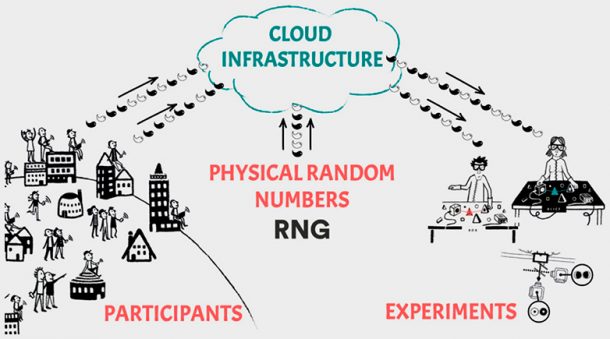Albert Einstien is considered as one of the great minds of quantum mechanics and there are not many people who can claim to disprove his theories. 100,000 gamers around the world can now claim the same. Scientists from all over the world led by the Institute of Photonic Sciences in Barcelona (ICFO) asked people to play a simple online game back in 2016. The results of that game were used to disprove one of Einstein’s claims about quantum mechanics.
Einstein was not a fan of the fact that in quantum mechanics, the experimenter plays a role in the results obtained from an experiment. His belief was that the universe was independent of our actions and that quantum mechanics was governed by the principle of local realism.

This principle states that there should be hidden variables in the theory that can explain the unknown effects of entanglement, which Einstein called “spooky action at a distance”. However, quantum mechanics works fine without this principle and it has been proven time and again by scientists using the Bell Test.
This experiment works in the following way. Two entangled particles are sent to different locations and their time of arrival and properties are measured. It is seen that when the properties of one particle are measured, they affect the properties of the second particle, which suggests that there is some form of communication faster than light as suggested by Einstein.

The Bell Test has been used time and again to disprove this principle of local realism. However, there was one limitation to this test and that was the “freedom-of-choice loophole”. This is when the set-up itself influences the properties. To get over this loophole, the team needed to generate random numbers independent of the system.
This is where the 100,000 gamers come in. They started the project which was named as the BIG Bell Test. They recruited people to play simple games that created a string of zeros and ones. These bits were then routed to 12 labs across the world where they were used as random numbers.
The live results from the BIG Bell Test contradicted local realism with 99.7 % confidence. Longer experiments were carried out over the next few days and used these randomly generated to prove that the likelihood of local realism being correct is less than one in a trillion.

“The BIG Bell Test was an incredibly challenging and ambitious project,” Carlos Abellán, a researcher at ICFO and instigator of the project, said in an emailed statement. “It sounded impossibly difficult on day zero, but became a reality through the efforts of dozens of passionate scientists, science communicators, journalists, and media, and especially the tens of thousands of people that contributed to the experiment during November 30, 2016.”



EinstEIn’s theory may have been disproved but one of my greatest THEORIES on the correct use of grammar and proof-reading has once again been proved correct.